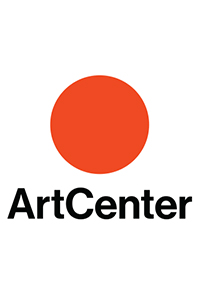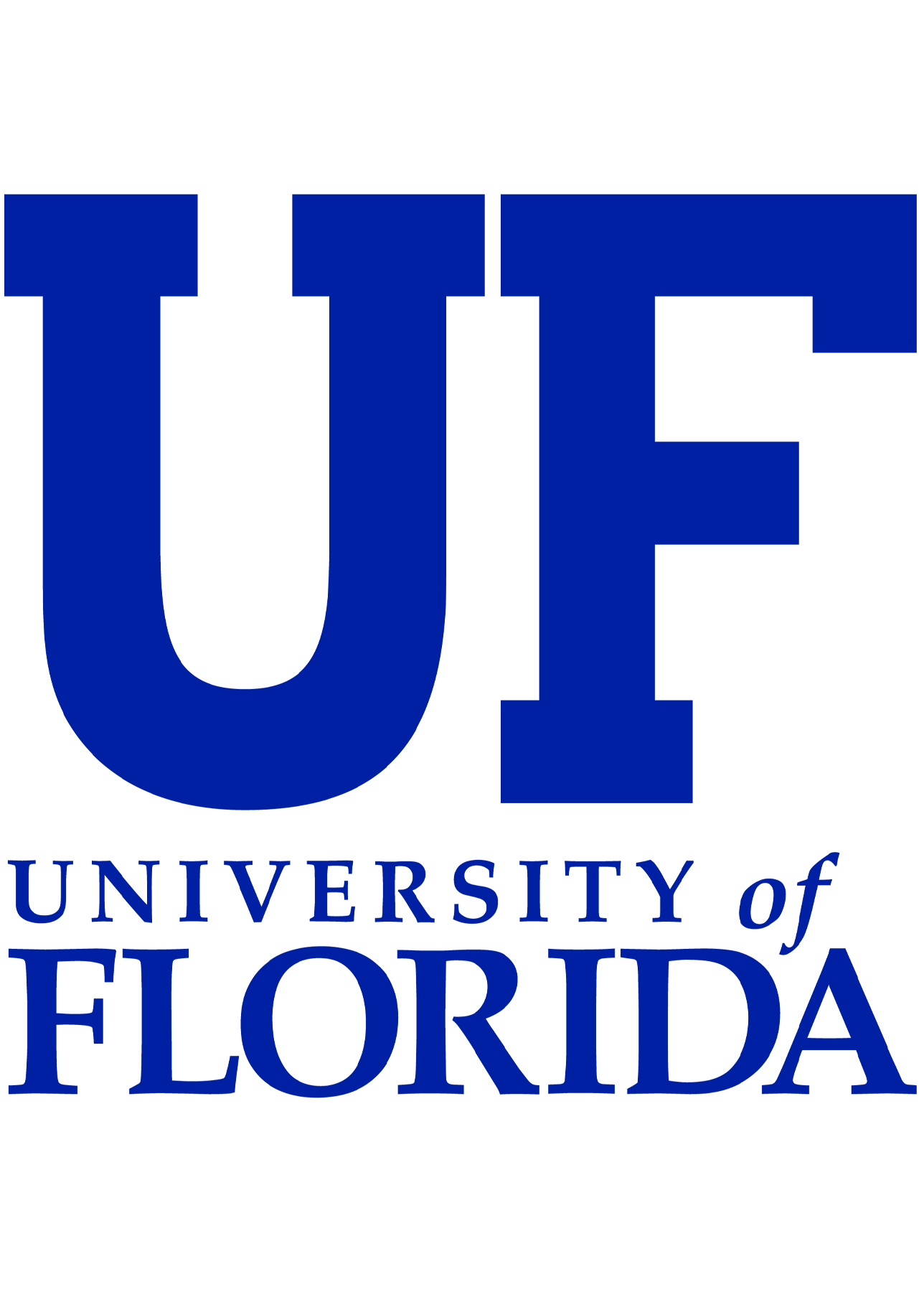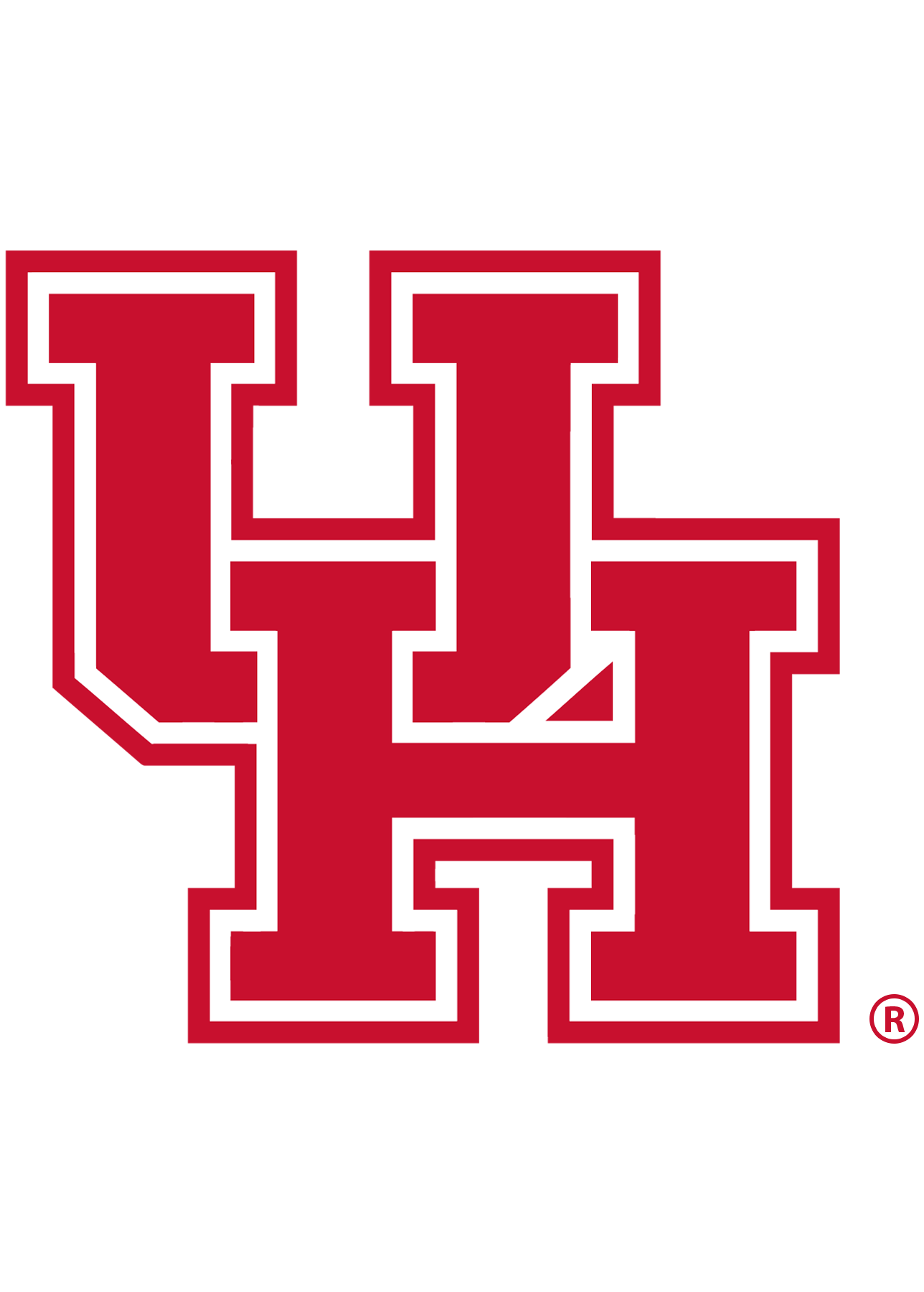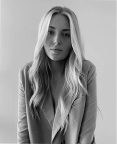A graphic design degree provides students with the skills and knowledge to create engaging visuals for digital and print media. Students gain an understanding of visual communication and design, which prepares them for careers as graphic designers, web designers, brand marketing specialists, and product designers. Advertising agencies, marketing firms, online publishers, and organizations in a range of industries employ graphic design graduates.
The median annual wage for a graphic designer is $58,910. However, this will vary depending on the position, industry, and work environment. 19% of graphic designers are self-employed, allowing them to set their rates for clients and projects. The top 10 percent earn over $100,4500 annually, while the bottom 10 percent earn less than $36,420 annually.
Most undergraduate degrees in graphic design require four years of full-time study and 120 to 180 credits to graduate. Part-time and asynchronous programs are also available and allow students to complete the degree at their own pace. The average annual tuition and fees for a bachelor’s degree is $16,618, but it varies by institution. Students who require room and board pay an additional average of $12,415 per year.
Why Trust Us
The Intelligent.com Higher Education Team is dedicated to providing students with independent, equitable school and program rankings and well-researched resources. Our expert-driven articles cover topics related to online colleges and programs, paying for school, and career outlooks. We use data from the U.S. Department of Education’s College Scorecard, the National Center for Education Statistics, and other reputable educational and professional organizations. Our academic advisory team reviews content and verifies accuracy throughout the year for the most current information. Partnerships do not influence rankings or editorial decisions.
- Analyzed over 2,000 national, accredited, and nonprofit colleges and universities
- 800+ rankings pages are reviewed and updated yearly
- Content is informed by reputable sources, surveys, and interviews with academic advisors and other experts
- Over 100 data points are reviewed for accuracy and quality throughout the year, including sources
How we rank schools
Our list features the best Graphic Design degree programs at top colleges nationwide. Each school featured is a nonprofit, accredited institution — either public or private — with a high standard of academic quality for post-secondary institutions.
We evaluated each school’s program on tuition costs, admission, retention and graduation rates, faculty, reputation, and the student resources provided for online students. We collected data from trusted sources like the National Center for Education Statistics, individual school and program websites, school admissions counselors, and other data sources. Then, we calculated the Intelligent Score on a scale of 0 to 100 based on the following criterion:
Academic Quality:
- Admission rate versus enrollment rate
- Retention rate of students who return after year one
- Accreditation status (regional and programmatic)
- Nonprofit status, both private and public institutions
Graduation Rate
- Overall graduation rate
- Total number of currently enrolled students, including diversity metrics
- Student-to-faculty ratio
Cost and ROI
- In-state and out-of-state per-credit tuition rates and fees
- Required credits to graduate
- Earning potential after graduation
- Availability of federal student loans, scholarships, and other financial aid options
Student Resources
- Available student services for online-only and hybrid programs
- On-campus amenities like tutoring centers and the number of libraries
Read more about our ranking methodology.
Best 50 Accredited Graphic Design Degree Programs
FiltersInstitution Type
Status
- Intelligent Score
- Alphabetically By University Name
- Acceptance Rate
- Enrollment
- In-state Graduate Tuition
- Out-of-state Graduate Tuition
- In-state Undergraduate Tuition
- Out-of-state Undergraduate Tuition

Rhode Island School of Design
Intelligent Score: 99.84In-state: $53,820
Out-of-state: $53,820
In-state: $53,820
Out-of-state: $53,820
SAT: 1250-1470
ACT: 27-32
$2,052
On-Campus
New England Commission of Higher Education
126

Temple University
Intelligent Score: 99.28In-state: $16,080
Out-of-state: $28,992
In-state: $16,956
Out-of-state: $16,956
SAT: N/A
ACT: N/A
In-State: $693
Out-of-State: $1,153
On-Campus
National Association of Schools of Art and Design
126

Carnegie Mellon University School of Design
Intelligent Score: 98.91In-state: $57,560
Out-of-state: $57,560
In-state: $46,441
Out-of-state: $46,441
SAT: 1460-1560
ACT: 33-35
$2,694
On-Campus
Middle States Commission on Higher Education
120

Virginia Tech
Intelligent Score: 98.01In-state: $32,274
Out-of-state: $36,090
In-state: $44,444
Out-of-state: $44,444
SAT: 1210-1410
ACT: 26-32
Resident: $529
Non-Resident: $1,388
On-Campus
Southern Association of Colleges and Schools Commission on Colleges
120

ArtCenter College of Design
Intelligent Score: 97.66In-state: $75,332
Out-of-state: $75,332
In-state: $82,774
Out-of-state: $82,774
SAT: Not Required
ACT: Not Required
$1,397
On-Campus
Western Association of Schools and Colleges Senior College and University Commission
132

VCU Arts
Intelligent Score: 96.91In-state: $12,179
Out-of-state: $32,827
In-state: $12,703
Out-of-state: $12,703
SAT: 1060-1250
ACT: 21-28
In-State: $428
Out-of-State: $1,158
On-Campus
Southern Association of Colleges and Schools Commission on Colleges
122

NC State College of Design
Intelligent Score: 96.78In-state: $6,535
Out-of-state: $26,654
In-state: $9,095
Out-of-state: $9,095
SAT: 1230-1410
ACT: 27-32
In-State: $272
Out-of-State: $1,225
On-Campus
Southern Association of Colleges and Schools Commission on Colleges
120

Auburn University
Intelligent Score: 95.35In-state: $10,080
Out-of-state: $30,240
In-state: $10,080
Out-of-state: $10,080
SAT: 1160-1320
ACT: 25-31
In-State: $459
Out-of-State: $1,377
On-Campus
National Association of Schools of Art and Design
123

Drexel University
Intelligent Score: 94.91In-state: $53,868
Out-of-state: $53,868
In-state: $36,234
Out-of-state: $36,234
SAT: 1180-1380
ACT: 25-31
$1,295
On-Campus
Middle States Commission on Higher Education
183

Fashion Institute of Technology
Intelligent Score: 93.70In-state: $7,170
Out-of-state: $21,692
In-state: $11,542
Out-of-state: $11,542
SAT: N/A
ACT: N/A
Resident: $239
Non-Resident: $723
On-Campus
National Association of Schools of Art and Design
120-126

UF College of the Arts
Intelligent Score: 93.63In-state: $4,477
Out-of-state: $25,694
In-state: $10,770
Out-of-state: $10,770
SAT: 1290-1460
ACT: 29-33
Resident: $212
Non-Resident: $955
On-Campus
Southern Association of Colleges and Schools Commission on Colleges
120

Louisiana State University
Intelligent Score: 93.45In-state: $8,038
Out-of-state: $8,038
In-state: $9,132
Out-of-state: $9,132
SAT: 1090-1300
ACT: 23-28
Resident: $267
Non-Resident: $823
On-Campus
Southern Association of Colleges and Schools Commission on Colleges
120

California College of the Arts
Intelligent Score: 93.07In-state: $89,438
Out-of-state: $89,438
In-state: $92,642
Out-of-state: $92,642
SAT: 1010-1310
ACT: 19-28
$793 - $1,189
On-Campus
Council for Interior Design Accreditation
120

University of Houston
Intelligent Score: 91.78In-state: $8,449
Out-of-state: $20,665
In-state: $8,539
Out-of-state: $8,539
SAT: 1120-1310
ACT: 22-28
In-State: $385
Out-of-State: $905
On-Campus
Southern Association of Colleges and Schools Commission on Colleges
126

PennState College of Arts & Architecture
Intelligent Score: 90.68In-state: $32,656
Out-of-state: $52,610
In-state: $34,991
Out-of-state: $34,991
SAT: 1220-1380
ACT: 26-31
Resident: $707
Non-Resident: $1,387
On-Campus
National Association of Schools of Art and Design
121

Michigan State University
Intelligent Score: 89.58In-state: $15,555
Out-of-state: $40,384
In-state: $18,858
Out-of-state: $18,858
SAT: 1100-1300
ACT: 23-29
Resident: $521 - $600 Non Resident: $1,434 - $1,478
On-Campus
Middle States Commission on Higher Education
120

Appalachian State University
Intelligent Score: 89.46In-state: $4,242
Out-of-state: $19,049
In-state: $4,839
Out-of-state: $4,839
SAT: 1070-1240
ACT: 22-27
In-State: $176
Out-of-State: $884
On-Campus
New England Commission of Higher Education
120

West Texas A&M University
Intelligent Score: 89.40In-state: $5,748
Out-of-state: $7,195
In-state: $4,968
Out-of-state: $4,968
SAT: 920-1130
ACT: 18-23
In-State: $218
Out-of-State: $654
On-Campus
Southern Association of Colleges and Schools Commission on Colleges
120
How to Choose a Graphic Design Program
Choose your area of study
Graphic design degrees are available as associate, bachelor’s, and master’s programs. These degree levels differ in length, curriculum, and career outlook.
An associate degree provides foundational knowledge of graphic design and often requires two years of full-time study. Graduates are hired in entry-level positions or pursue a bachelor’s degree to continue their studies.
Bachelor’s degrees in graphic design are often offered as a Bachelor of Arts (BA) or Bachelor of Fine Arts (BFA) and take four years of full-time study to complete. A BA provides a general understanding of graphic design using theory-based learning, while a BFA often delves deeper into advanced techniques and provides hands-on experience in graphic design.
A master’s degree requires a bachelor’s degree and one to two years of full-time study, providing students with an advanced understanding of graphic design. Students graduate with skills and experience to enter leadership or teaching positions.
Students can choose a specialization during their graphic design degree that tailors elective coursework to their interests or career goals. Specializations include print media, motion graphics, user experience design, advertising, and digital design.
Research schools and programs
When researching prospective schools, confirm that they have received accreditation from recognized institutions like the New England Commission of Higher Education, Southern Association of Colleges and Schools Commission on Colleges, or Higher Learning Commission. Schools receive accreditation at a regional or national level to certify that they meet a quality standard established by the Department of Education. Attending a regionally accredited school will assist in transferring credits, receiving government aid, and employment after graduation.
Learn more about schools using the various in-person and online research methods available, including visiting them in person, attending open houses, browsing their websites, and following them on social media. You can also speak with an admissions advisor to gain more insight into the culture, admissions process, and program offerings.
Prepare for tests and applications
As you prepare for applications, keep track of deadlines and required materials for each school. Requirements will vary by institution; however, most will ask you to submit the following:
Many graphic design programs require you to provide a work portfolio demonstrating your experience and skills. Speak with an admissions advisor before submitting your application to review the process and ensure you have the correct materials.
Select your program
If accepted to multiple programs, narrow your options by reviewing your career goals and logistical needs. Ask the following:
- Is the program online or in-person?
- Is it full-time or part-time?
- Are there housing options?
- Does the cost fit my budget?
- What specialization options are available?
Choose the program that best aligns with your needs and will set you up for success in your future career. For additional guidance, speak with an academic advisor — they’ll review your options and help you find the best fit.
Determine how you’ll pay for your degree
Outline your academic and living costs to determine whether you can finance your education independently or require financial assistance. Include the annual tuition, fees, supplies, housing, and transportation costs in your total.
Apply through the Free Application for Federal Student Aid (FAFSA) website to reveal the financial assistance you can receive, including scholarships, grants, loans, and work-study funds. Some employers also offer tuition reimbursement for workers enrolled in studies that contribute to their professional development.
What Can You Expect From a Graphic Design Program?
Throughout a graphic design degree program, students become versed in the principles, theories, and communication of visual communication. Programs often begin with two years of core studies that introduce foundational design skills and knowledge of techniques, design programs, and the industry. Students can then select from elective coursework that delves deeper into their interests and can be tailored to their chosen specialization.
The curriculum will cover various topics, including design theory, art history, web design, digital communication, and media management. Students gain hands-on experience and develop skills using numerous learning methods, including exams, lectures, projects, workshops, and studio courses. Some programs also offer the option for internships or freelance projects where students can gain real-world knowledge and experience in graphic design.
Potential courses you’ll take in a graphic design program
- 3D Design. Students learn the process, concepts, and vocabulary to create three-dimensional forms. Focus areas include the structure of form and the development of space through various materials.
- Digital Media. This course covers computer graphic applications and how to use them to generate images. Students will learn foundational knowledge of two-dimensional design, graphic design, visual communication, and illustration.
- Typography. Students explore type-centered visual communication, including the anatomy of type, typography systems, type classification, and visual problem-solving.
- Introduction to Illustration. Students are introduced to the creative techniques, processes, and business aspects of illustration and focus on the effects of images, color, composition, and techniques used in visual design.
- Foundations of Motion and Interaction. This course investigates the experimentation, sketching, exploration, prototyping, and iteration of motion and interaction in media.
Graphic Design Degree Frequently Asked Questions
How do I apply to a graphic design degree program?
Visit the program website for application deadlines, requirements, and fees. The required materials will vary by school, but most will ask you to submit your high school transcripts, SAT or ACT scores, a personal essay, letter(s) of recommendation, and a portfolio highlighting your best work. Speak with an admissions advisor before applying to review the process and ensure you meet the requirements.
How much does a graphic design degree cost?
The average annual cost for an undergraduate degree in graphic design is $16,618, but it varies by school and program. Students should also consider additional expenses such as housing, supplies, transportation, and extracurriculars that may increase their annual costs. Students enrolled in part-time or online studies may incur lower costs due to reduced credits and overhead expenses.
How long does it take to earn a graphic design degree?
A bachelor’s degree in graphic design typically requires four years of full-time study and 120 to 180 credits to graduate. Associate and master’s programs often require two years of full-time study. Part-time and asynchronous options offer flexible learning options for students who want to complete the degree at their own pace.

